In the realm of fabric wizardry, where threads weave tales of craftsmanship and imagination, lies the essence of thread mastery. As timeless as the art of sewing itself, basic stitches hold the key to unlocking a world of creative possibilities. From the humble running stitch to the intricate whipstitch, these fundamental techniques intertwine fabric and thread, bringing garments and creations to life. In this article, we embark on a journey to unravel the secrets behind these modest yet mighty stitches, revealing the building blocks of every sewing aficionado’s skillset. So grab your needle and thread, dear reader, as we dive headfirst into the captivating realm of thread mastery.
Finding the Perfect Thread: Exploring the Different Types and Qualities
When it comes to sewing, finding the perfect thread is essential to achieving outstanding results. There are various types and qualities of threads available in the market, each suited for different fabrics and sewing projects. To help you make an informed decision, let’s delve into the world of sewing threads.
1. Polyester Thread: This type of thread is durable, resistant to stretching, and ideal for sewing synthetic fabrics. It is also perfect for everyday garments, as it can withstand frequent washing without losing its color or strength.
2. Cotton Thread: Known for its natural fibers, cotton thread is great for sewing natural fabrics such as cotton, linen, and silk. It offers excellent stitch definition and is suitable for quilting, embroidery, and delicate hand sewing.
3. Nylon Thread: If you are working with heavy-duty fabrics like denim or leather, nylon thread is your go-to choice. It has superior strength and can handle high tension projects without snapping or breaking.
4. Metallic Thread: Add a touch of sparkle to your sewing projects with metallic thread, which is great for decorative stitching and embroidery. It comes in various colors and adds a beautiful sheen to your creations.
To achieve well-crafted garments, it is crucial to master the basics of sewing stitches. Whether you are a beginner or an experienced sewist looking to enhance your skills, a step-by-step guide to essential stitches is a valuable resource. Here are a few stitches that are vital to learn:
1. Straight Stitch: The most basic stitch used for seams is the straight stitch. It is a simple up and down motion of the needle, producing a clean, straight line.
2. Zigzag Stitch: Perfect for finishing raw edges and preventing fraying, the zigzag stitch creates a line of stitches that zigzags back and forth.
3. Backstitch: When you need secure seams, the backstitch is your best friend. It involves stitching back and forth to reinforce the beginning and the end of a seam.
4. Blind Hem Stitch: An excellent stitch for hemming lightweight fabrics, the blind hem stitch conceals the stitches, creating an almost invisible hemline.
Q&A
Q: What is thread mastery and why is it important in sewing?
A: Thread mastery refers to the ability to understand and utilize the various basic sewing stitches in an expert manner. It is important because it ensures precise and durable stitching, allowing for the creation of well-crafted garments and other sewn items.
Q: What are some common basic sewing stitches that every beginner should master?
A: Beginners should focus on mastering the straight stitch, zigzag stitch, and backstitch. These stitches are versatile and form the foundation for a wide range of sewing projects.
Q: How can I improve my straight stitch?
A: To improve your straight stitch, practice maintaining a consistent stitch length and tension. Take your time and guide the fabric evenly through the machine. Additionally, using a quality thread and needle appropriate for your fabric will greatly enhance the stitch.
Q: When should I use a zigzag stitch instead of a straight stitch?
A: A zigzag stitch is commonly used for finishing raw fabric edges to prevent fraying. It is also ideal for sewing stretchy fabrics or creating decorative finishes. Use a zigzag stitch whenever you need a stitch that offers some flexibility.
Q: What is the purpose of a backstitch and when should I utilize it?
A: A backstitch is used to secure the beginning and end of a seam, preventing it from unraveling. It reinforces stitching and provides durability. Always use a backstitch at the start and end of a seam to ensure longevity.
Q: Are there any tips for managing tension issues while sewing?
A: Absolutely! If you’re experiencing tension problems, start by checking your thread and needle compatibility. Ensure that the machine is properly threaded, and adjust the tension dial gradually until the stitches are balanced. Remember to test on a scrap fabric before sewing your project.
Q: How can I find the perfect balance between thread weight and fabric weight?
A: Assessing the thickness and characteristics of your fabric is essential when choosing thread weight. As a general rule, select a thread slightly lighter than your fabric to avoid adding unnecessary bulk. Experiment with different thread weights on test swatches until you achieve the desired balance.
Q: Are there any advanced stitching techniques beyond the basics?
A: Indeed, beyond the basics, you’ll discover a range of advanced sewing stitches such as the blind hem stitch, French seam, decorative topstitching, or even hand embroidery. These specialized stitches can elevate your sewing projects to the next level, adding complexity and eye-catching details.
Q: Does the quality of thread impact the overall stitch quality?
A: Absolutely, using high-quality thread is crucial for achieving excellent stitch results. Inferior thread tends to be more prone to breakage, fraying, and inconsistent tension, resulting in weak and unreliable stitches. Investing in good quality threads will yield superior results and increase the durability of your sewing projects.
Q: How can I further develop my thread mastery skills?
A: Continual practice is key to mastering sewing stitches. Explore different fabrics, experiment with various stitch types, and challenge yourself with more complex projects. Additionally, seeking guidance from online tutorials, sewing classes, or joining a sewing community can provide valuable insights and support as you further refine your skills.
Key Takeaways
As we bring our exploration of thread mastery to a close, we cannot help but feel a sense of awe for the intricacies and wonders it encompasses. The secrets of basic sewing stitches, once elusive, have now been unlocked, revealing a world of limitless possibilities and endless creativity.
From the humble running stitch to the elegant backstitch, we have delved into the rich tapestry of stitching techniques, discovering the foundation upon which all sewing projects are built. Through our journey, we have learned that the mastery of these seemingly simple stitches is an art form in itself.
With every precise movement of the needle and the delicate interweaving of thread, a garment is transformed, a hem is secured, and a stitch tells a story. Each stitch becomes a testament to our passion, our patience, and our commitment to creating something beautiful and enduring.
Yet, the art of sewing goes beyond the mere utility of needle and thread. It fosters a connection to our past, honoring the generations before us who passed down this ancient craft. It nurtures our creativity, enabling us to fashion garments that reflect our unique style and personality. And perhaps most importantly, it empowers us to take control of our own wardrobes, to mend and alter our clothes, and to reduce waste in a world increasingly defined by fast fashion.
So, dear reader, as we bid farewell to our exploration of thread mastery, may you carry these secrets with you and embark on your own journey of sewing triumphs. May your stitches be even and your seams be strong. May you find solace and joy in the rhythmic motion of needle and thread.
Remember, no thread is too ordinary, no stitch too small to make a difference. With each stitch, you contribute to a grand tapestry, weaving together the threads of tradition, creativity, and sustainability. Embrace the secrets you have unlocked and let your passion for sewing continue to flourish, for within its gentle embrace lies a world of endless possibilities.
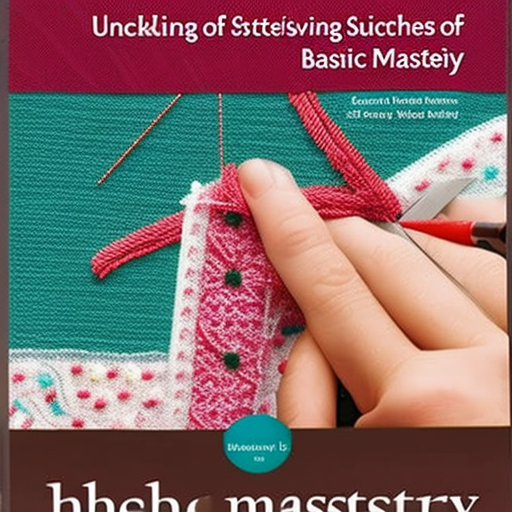
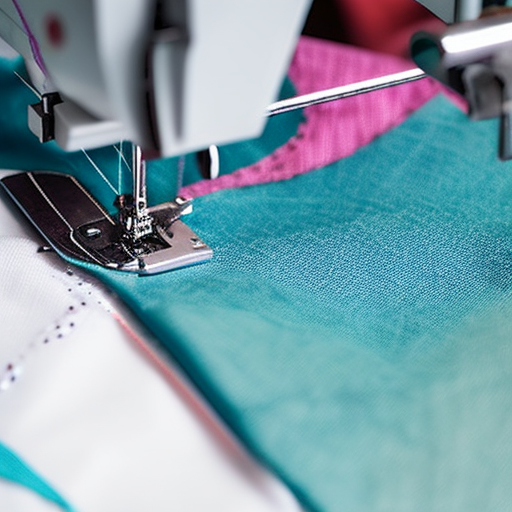
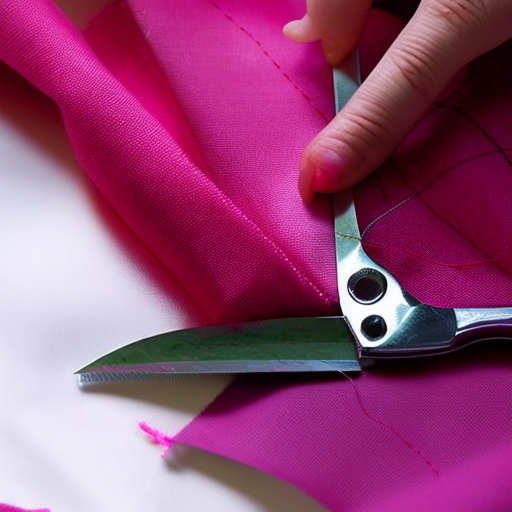
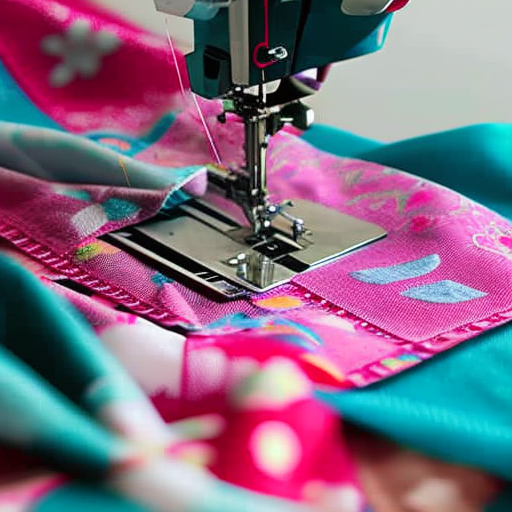
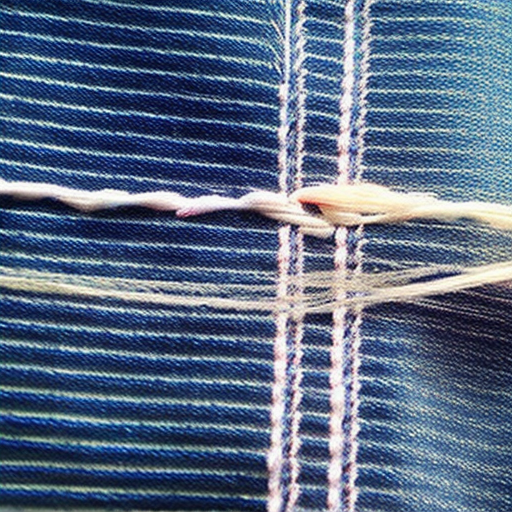
Absolutely fantastic resources, my dear!
This is a great guide for those looking to take their sewing skills to the next level. Stitching and basic sewing techniques have the potential to open so many creative possibilities- this is the perfect guide to get started! #sewingmastery
Absolutely! Thread Mastery provides the perfect introduction to the wonders of sewing. I’m grateful for these resources, I can definitely say I have become a better seamstress since following the step by step guide! #stitchingskills
Thread Mastery is perfect for anyone looking to expand their sewing skills. With so many detailed instructions, it’s like having a personal sewing tutorial right at your fingertips. Whether you’re just starting out or a pro looking for new skills, this is an invaluable resource! #newsewingskills